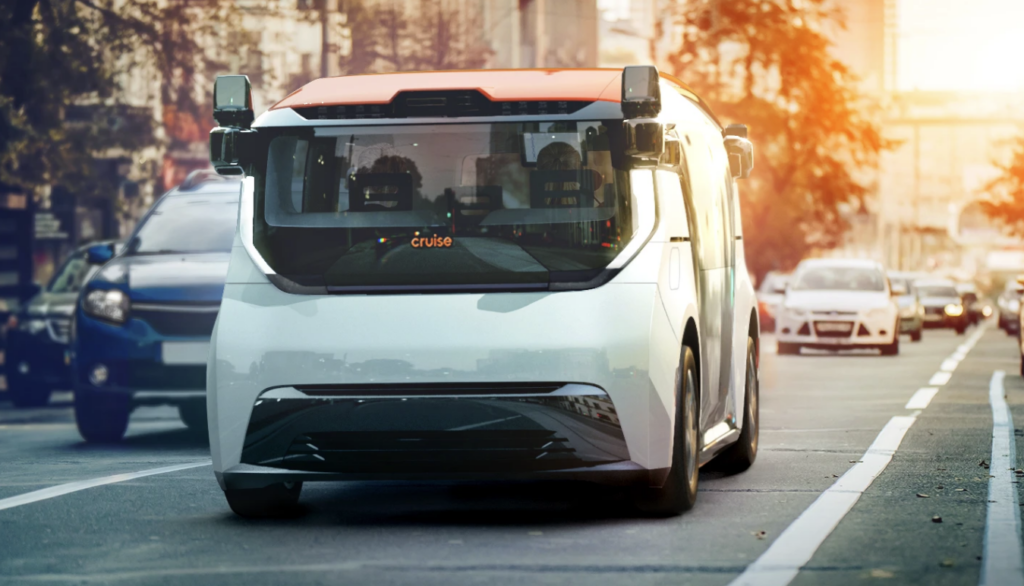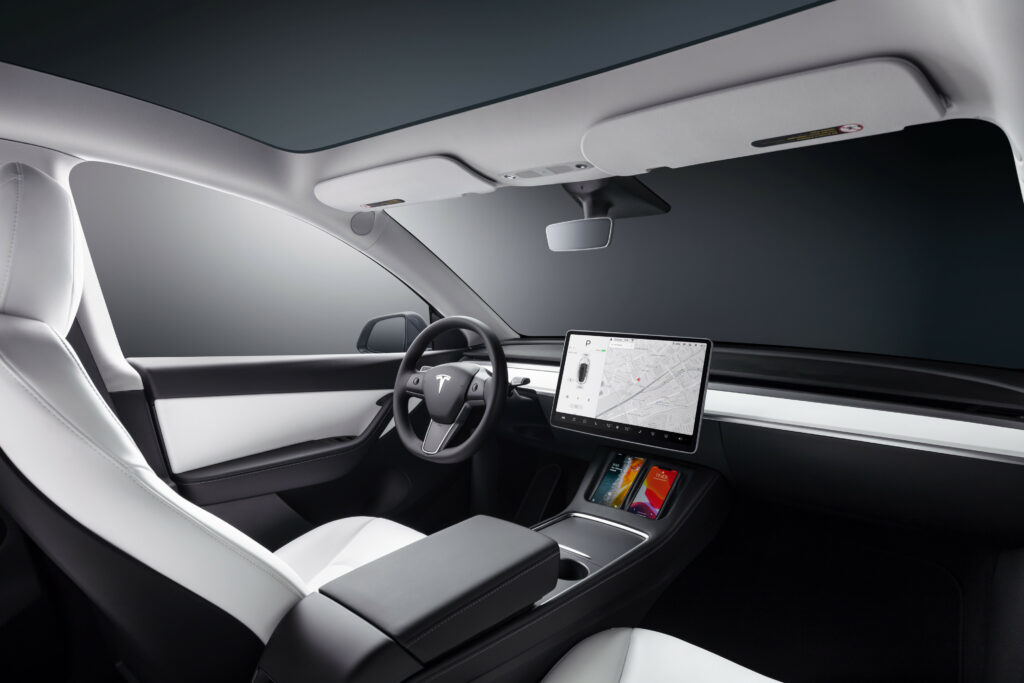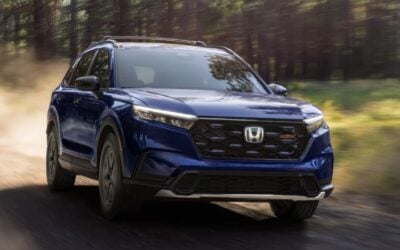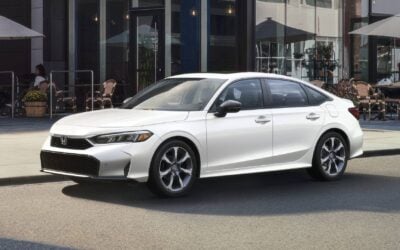
On March 10, 2022, the United States National Highway Traffic Safety Administration (NHTSA) announced safety standards for vehicles without human controls. The historic announcement effectively eliminates the requirement for human controls in future vehicles designed to be fully autonomous. In a few year’s time, cars without steering wheels may enter production.
“As the driver changes from a person to a machine in vehicles equipped with automated driving systems, the need to keep the humans safe remains the same and must be integrated from the beginning,” said Dr. Steven Cliff, NHTSA’s Deputy Administrator. “With this rule, we ensure that manufacturers put safety first.”
Before the NHTSA rule update, occupant protection standards were written for common, traditional vehicles. You know, the ones with steering wheels. The rule updates the standards to clarify what is required of manufacturers when applying the standards to vehicles without traditional manual controls.
In essence, the rule change permits vehicles to operate without driver controls, as long as automakers continue to provide the same high levels of occupant protection as current passenger vehicles.
GM’s Cruise Origin Spurs Regulatory Updates

The NHTSA’s rule change comes in response to a petition from General Motors’ Cruise division to update the requirements for future self-driving vehicles. The new regulations eliminate the need for manual driving controls (a steering wheel and pedals) in fully-autonomous vehicles. This particular rule pertains to crash safety standards. No steering wheel, no problem.
In February, GM’s petition sought to make the case for NHTSA action.
“This petition both demonstrates how the Origin achieves safety objectives of existing standards, and helps enable future AV regulations. NHTSA has made clear in public testimony and regulatory actions, that in order to consider the development of AV standards, they first need more information from real world AV operations. We believe this petition can help enable that outcome: learnings from the Origin, which is designed to improve overall road safety, can help inform the creation of new, updated regulations and standards.”
GM’s Cruise recently unveiled the Cruise Origin, a purpose-built autonomous pod designed for urban mobility. The Cruise Origin and other autonomous vehicles in development needed the NHTSA to update the rules before embarking on the final stages of development. In fact, most automakers are working on autonomous driving technologies.
When Will Autonomous Driving Come to America?
At least one automaker has refrained from bringing its level 3 autonomy to the United States because of outdated regulations. In 2021, Mercedes-Benz became the first automaker to get regulatory approval for level 3 autonomous driving on European public roads. For now, Mercedes Drive Pilot is available on 8,197 miles of German highways at speeds up to 37 miles per hour. What makes Mercedes Drive Pilot so special is that it is the first approved consumer-ready system to permit the driver to take their attention away from the road while the vehicle is in motion.
Mercedes-Benz cited the murky regulatory environment in America as reason for the delayed rollout of Mercedes Drive Pilot in the US. Now, Mercedes says it intends to bring level 3 Drive Pilot to American roads later in 2022. The S-Class and all-electric Mercedes EQS are the first models to gain Mercedes Drive Pilot in the US.
BMW also hopes to launch Level 3 features on the 7 Series sedan this year.
See every automaker’s plan for autonomous driving here.
Will Tesla Make Cars Without Steering Wheels?

Elon Musk was an early proponent of building cars without driver controls. The updated US regulations will open the pathway for Tesla’s without steering wheels. However engineering autonomy has proven to be a greater challenge than anticipated.
Tesla CEO Elon Musk reflected on the complexity of autonomous driving in a recent interview. “I thought the self-driving problem would be hard, but it’s harder than I thought. I thought it would be very hard, but it was even harder than that.”
That isn’t to say that Tesla is giving up. Tesla remains a leader in automation. The controversially-named ‘Full Self-Driving’ feature is currently available to beta testers with high safety scores. However, criticism abounds from customers who are upset over years of delays for a feature they paid $6,000 to $12,000 for.
Tesla’s vertical integration is one of its greatest strengths. Tesla controls the hardware and software in its cars that will one day support autonomous driving. Little by little, they are making steps in that direction. In 2021, Tesla even eliminated the gear selector in the refreshed Tesla Model S. Apparently, the car should ‘know’ which direction it needs to go. Tesla’s engineers think that today’s Teslas are capable of figuring that out. There are gear selector controls on the touch screen in case the car guesses wrong.
CarEdge’s Take
Still, the 2022 update to NHTSA regulations paves the way for Tesla, GM, Mercedes and other automakers to make their autonomous dreams a reality. If only they can figure out how to get it to work. I don’t expect to see a single production car without a steering wheel until closer to 2030. Commercial ride-sharing ventures like GM’s Cruise could, however, bring vehicles without driver controls to American roads within a few years.
Here Is Every Automaker’s Plan for Autonomous Vehicles
What would it take for you to feel safe buying a vehicle without a steering wheel? Wouldn’t that take the fun out of driving? Perhaps folks like me will be in search of aftermarket steering wheel mods in a decade’s time.













0 Comments